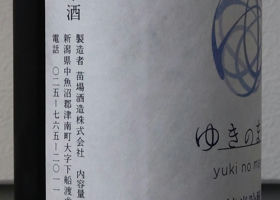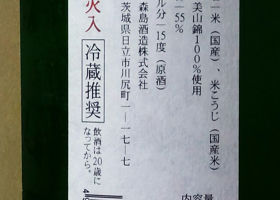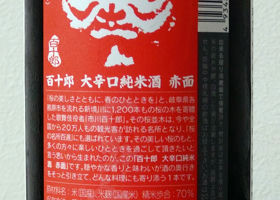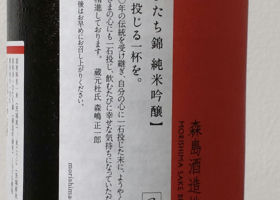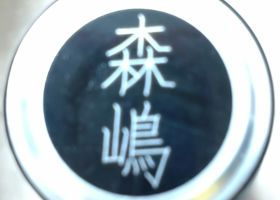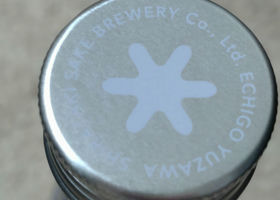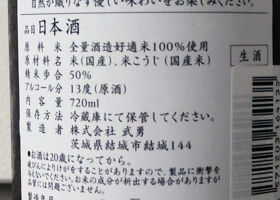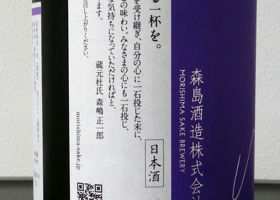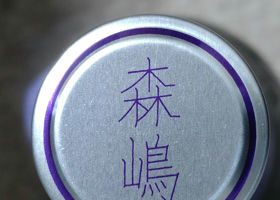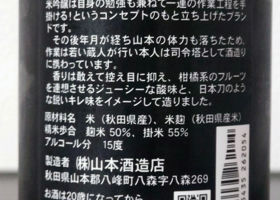



Chizu
100% Yamada-Nishiki used
Polishing ratio 60
Alcohol content 15%.
Production date: November 2025
When opening the bottle, the gas was released and it smelled great.
I had other sake in the fridge, but I really wanted to drink it ✨.
The first sip gives a fresh impression of freshly pressed sake 🌱I kept drinking...hmmm? Maybe it's because I've had a lot of chances to drink hiyaoroshi and other matured sakes recently, but the taste and gasiness are less than last year's 😅. But it's still delicious 👌
Japanese>English





